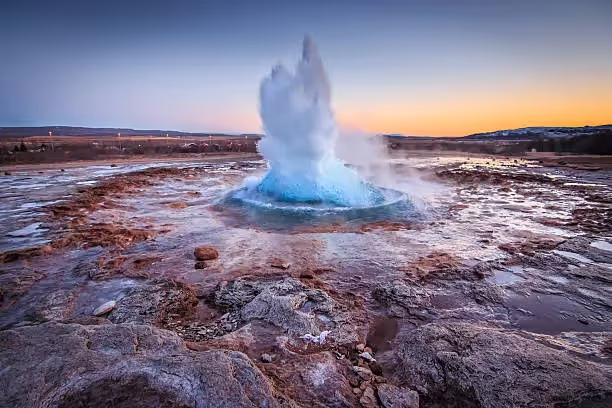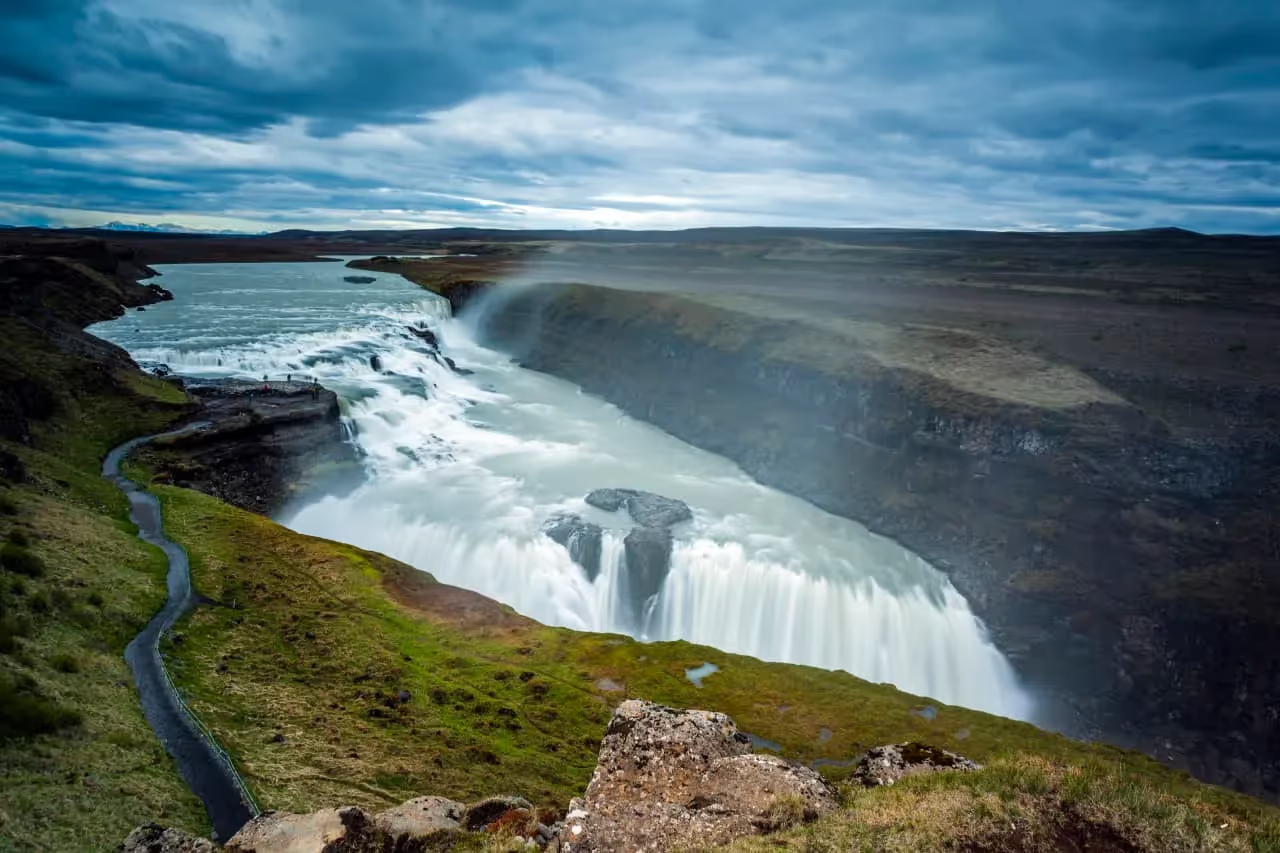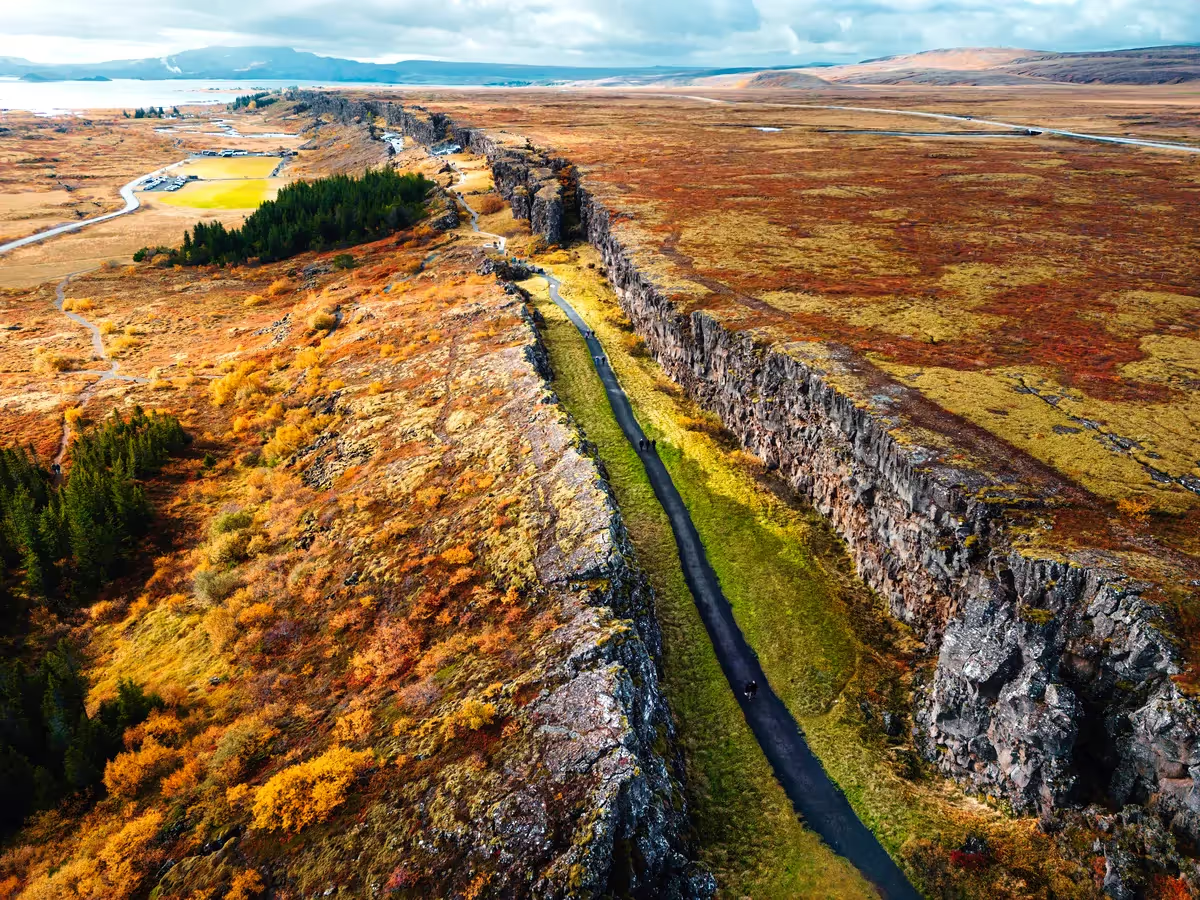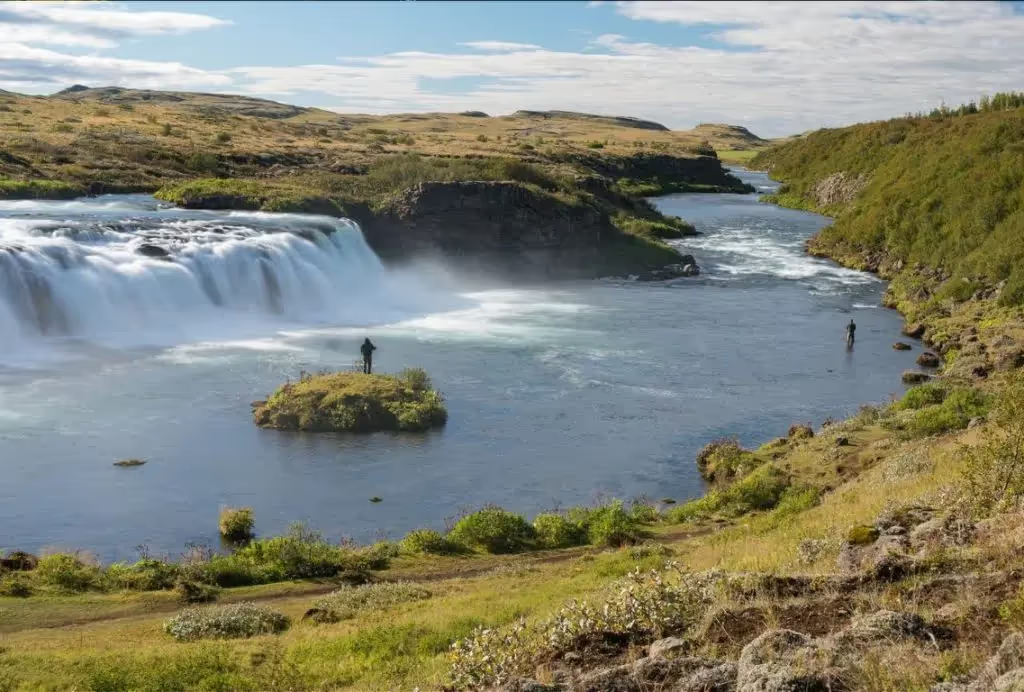Welcome to the captivating realm of geysers! Experiencing a geyser eruption firsthand is an unforgettable display of Earth's dynamic powers.
Understanding the science behind these natural phenomena not only quenches your curiosity but elevates your entire viewing experience. Prepare to be amazed by these natural wonders on your upcoming adventure.
What Are Geysers?
Geysers are rare natural phenomena where boiling water bursts through the earth's surface, creating a spectacular steam and water fountain. They are found in geothermally active regions where there is both intense heat and sufficient underground water.
How Do Geysers Work?
Geysers erupt due to the heating of groundwater by geothermal heat from the Earth’s mantle. When water at the bottom of a geyser’s reservoir heats up, it begins to rise, mix with cooler water, and then sink back down, creating a convection current.
This cycle continues until the water becomes superheated and steam pressure is sufficient to propel the water upwards.
Key Components of a Geyser Eruption
- Water Source: Underground reservoirs collect rainwater and snowmelt.
- Heat Source: Volcanic activity provides heat that turns water into steam.
- Plumbing System: Fractures and cavities within rock formations allow water and steam to move upwards.
The Eruption Process

The eruption of a geyser is a stunning display of Earth's internal heat at work. Below is a detailed breakdown of each stage in this fascinating natural process:
Step 1. Water Supply and Heating
Geysers begin with rain or snow that seeps into the earth, traveling deep into the underground plumbing made of cracks and porous rock. This water eventually reaches areas heated by magma, where it becomes superheated but remains liquid due to the high pressure from the overlying rock and water.
Step 2. Superheated Water and Steam Formation
As the water heats up, it tries to rise towards the surface, encountering constrictions within the geyser's plumbing system. These narrow passageways, formed by mineral deposits like silica, trap the water under immense pressure.
The high pressure allows the water to reach temperatures well above the usual boiling point without turning into steam.
Step 3. Pressure Buildup and Eruption
Continued heating causes some superheated water to eventually convert into steam, increasing the pressure within the geyser's plumbing. As more steam forms, it expands, pushing against the water column above.
This growing pressure and steam bubble formation disrupt the delicate balance.
Step 4. Explosive Release
When the pressure becomes too great to contain, the geyser ejects a mixture of steam and boiling water through the surface constriction. The rapid release of pressure allows the remaining water to flash into steam explosively, powering the eruption that sends water and steam shooting into the air.
Step 5. Recovery Phase
After the eruption, the geyser's reservoir refills with water, starting the cycle over again. The temperature adjusts, and water begins its journey back to becoming superheated, awaiting the next eruption.
How to Get to The Geysir
Reaching Geysir is easy, and there are several convenient options for every type of traveler:
- Self-Drive or Rental Car: Rent a car in Reykjavik and enjoy a 1.5-hour drive along Route 1 and Route 35. This option offers flexibility and the chance to explore other Golden Circle attractions at your own pace.
- Guided Tours: Join a Best Golden Circle Tour from Reykjavik for a hassle-free trip. These tours often include stops at Thingvellir National Park and Gullfoss Waterfall, with expert commentary along the way.
- Public Transportation: Buses from Reykjavik head towards Laugarvatn, where you can find connections to the Geysir. This option requires some planning due to less frequent schedules.
- Biking or Hiking: Active travelers can bike or hike to the Geysir during the summer. Prepare for the weather and enjoy the immersive experience.
Best Time to Visit Geysers
Choosing the best time to visit geysers largely depends on their location. For Yellowstone's geysers, spring and early autumn are considered ideal because of several favorable conditions:
- Pleasant Weather: These seasons offer comfortable conditions for outdoor exploration, making it ideal to visit Yellowstone National Park geysers.
- Lower Crowds: Visiting during these months means you'll encounter fewer tourists compared to the busy summer months, allowing for a quieter and more personal experience at places like Yellowstone National Park.
- Scenic Views: The park transforms with blooming flora and flowing waters in spring, while autumn brings vibrant foliage, enhancing the natural beauty surrounding the geysers in Yellowstone.
For geysers in other regions like Iceland, late spring and early autumn are also recommended to balance good weather and smaller crowds. This timing ensures you can enjoy the natural phenomena comfortably and without much interruption.
Places to Visit Near Geysir
Exploring the area around Geysir offers a chance to see more of Iceland's stunning landscapes and attractions. Nearby, you can visit:
Gullfoss Waterfall

Just a short drive from Geysir, Gullfoss Waterfall, meaning "Golden Falls," is one of Iceland's most celebrated natural attractions. This stunning waterfall features two distinct drops in succession at right angles to each other, creating an impressive vista.
The water cascades down into a deep gorge lined with rugged terrain, making it a powerful display of nature's force. The mist created by the falls often produces rainbows, adding to the scenic beauty of the site.
Thingvellir National Park

Located near the Geysir, Thingvellir National Park is a site of both historical and geological significance. It is famed for being the location of Iceland’s first Parliament, one of the oldest governing assemblies in the world, established around AD 930.
Geologically, it is notable for the visible rift between the North American and Eurasian tectonic plates, which are slowly drifting apart. The park offers a unique opportunity to walk between continents and explore a landscape that is both beautiful and historically profound.
Kerid Crater
Kerid Crater Lake is a striking volcanic crater lake located in the Grímsnes area in south Iceland. Formed over 3,000 years ago, the crater is composed of red volcanic rock, while the lake within features deep, aquamarine water that contrasts vividly with the surrounding red rocks.
This natural amphitheater offers excellent hiking opportunities around and inside the crater, providing visitors with panoramic views of the colorful landscape. Joining a small group tour enhances this experience, as it includes expert guidance through this stunning geological feature, allowing for a deeper appreciation of the area's unique beauty.
Secret Lagoon Iceland

Located in the small village of Fludir, the Secret Lagoon offers a tranquil alternative to the more famous Blue Lagoon. It is one of the oldest natural geothermal pools in Iceland, where visitors can bathe in warm waters year-round.
The lagoon is surrounded by natural beauty and geothermal activity, including small geysers that erupt every few minutes, enhancing the experience of connecting with nature in a serene setting.
Faxi Waterfall

A short drive from the Geysir, Faxi (or Vatnsleysufoss) Waterfall is situated along the Tungufljot River in south Iceland. It is less known and hence less crowded than more famous waterfalls, offering a peaceful experience.
The waterfall is wide and less dramatic compared to Gullfoss, but its gentle cascade over a broad rocky ledge into a tranquil pool below makes it a picturesque spot perfect for picnicking and enjoying the serene Icelandic landscape.
Final Thoughts
Geysers are a testament to Earth's dynamic nature. Understanding how they erupt enriches the experience of witnessing one, making it not just a visual feast but also an educational adventure.
Ready to experience the thrilling spectacle of a geyser eruption? Book a tour with Golden Circle Day Tours to witness this incredible natural phenomenon up close and personal. Visit their website for more details and to plan your trip!




.webp)
